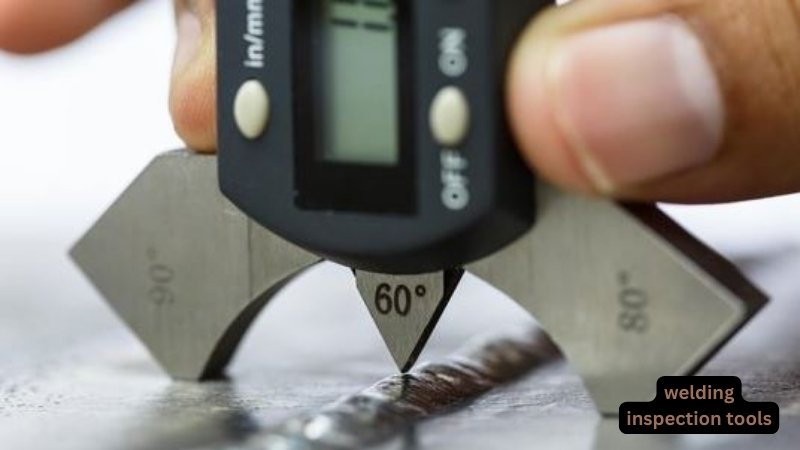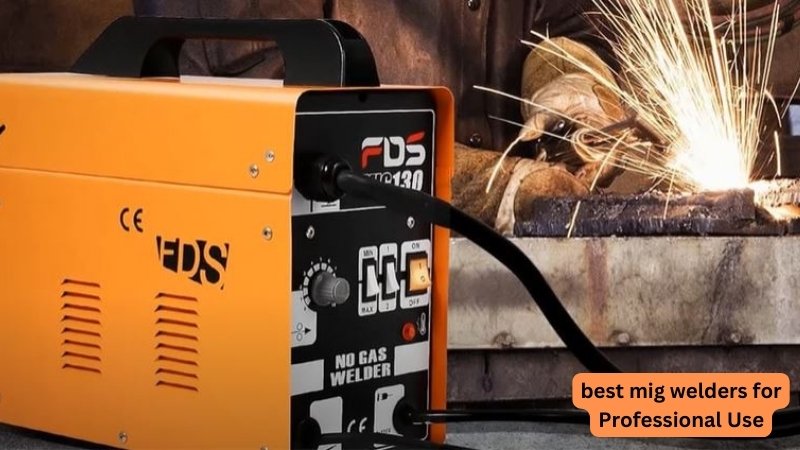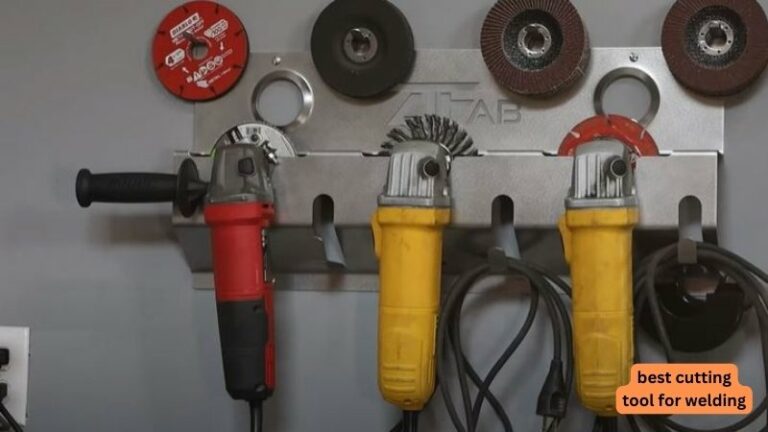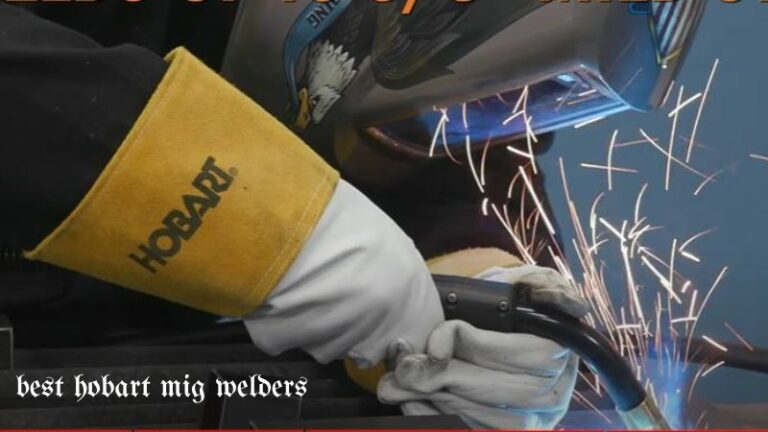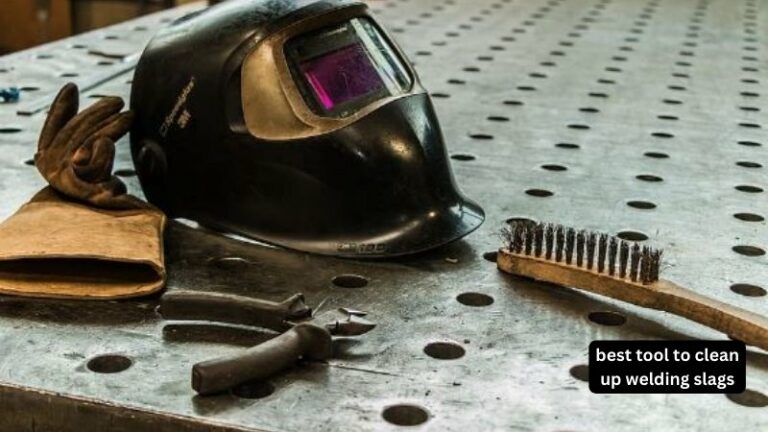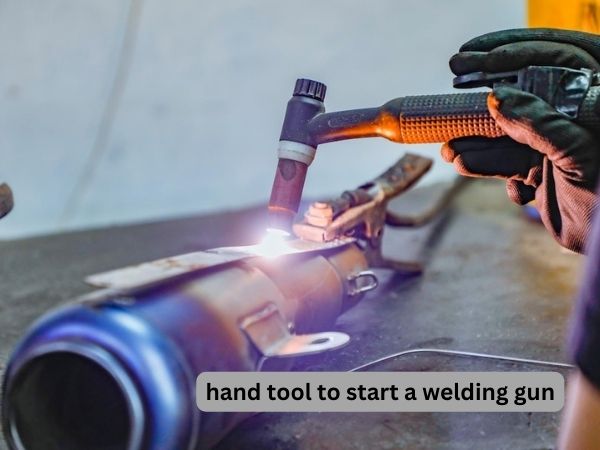A Guide to welding inspection tools
Today we discuss welding inspection tools. Quality assurance is a key part of any welding project. To ensure welds meet the highest standards, inspection tools are necessary to verify that all welds meet industry requirements. From visual inspection tools to magnetic particle testing, there are a variety of welding inspection tools available that can help you guarantee the quality of your work. Let’s take a look at what’s out there.
welding inspection tools:
Visual Inspection Tools
Visual inspection is one of the most common types of welding inspections; it allows welders to visually examine their work and check for any discrepancies. Visual inspection tools include magnifying glasses, boroscopes, and spotlights that enable welders to get up close and personal with their work.
These tools are typically used in conjunction with other methods such as dye penetrant or magnetic particle testing for more precise results.
Magnetic Particle Testing (MPT)
MPT is an NDT method used to detect surface and subsurface defects in ferromagnetic materials such as steel and iron. MPT utilizes magnetic fields to detect flaws such as cracks, laps, seams, tears, lack of fusion, porosity, and other imperfections on or beneath the surface of the material being inspected.
The advantages of using MPT include its rapidity—the procedure usually takes only a few minutes—and its portability; this type of testing can be done onsite without the need for any additional equipment or personnel.
Ultrasonic Testing (UT)
UT is an advanced NDT method used to detect internal flaws in materials such as metal components, pipes, pressure vessels, and more. UT uses high-frequency sound waves which travel through the material being tested and bounce back when they encounter an anomaly like a crack or void inside the material.
This method can be used for both macro-level inspections (such as detecting large-scale flaws in large components) and micro-level inspections (such as detecting small cracks in tiny components). It is often used in combination with other NDT methods such as eddy current testing for higher accuracy results.
final words
Welding inspections are essential for ensuring quality control during fabrication projects; however, it’s not always easy to determine which type of test should be used for each job. Luckily, there are many different types of welding inspection tools available that can help you get accurate readings quickly and easily so you can make sure your welds meet industry standards every time!
From visual inspection tools like magnifying glasses to advanced NDT methods like ultrasonic testing, there’s something out there that will suit your needs no matter what type of job you’re doing! So don’t hesitate – to invest in some good quality welding inspection tools today!
